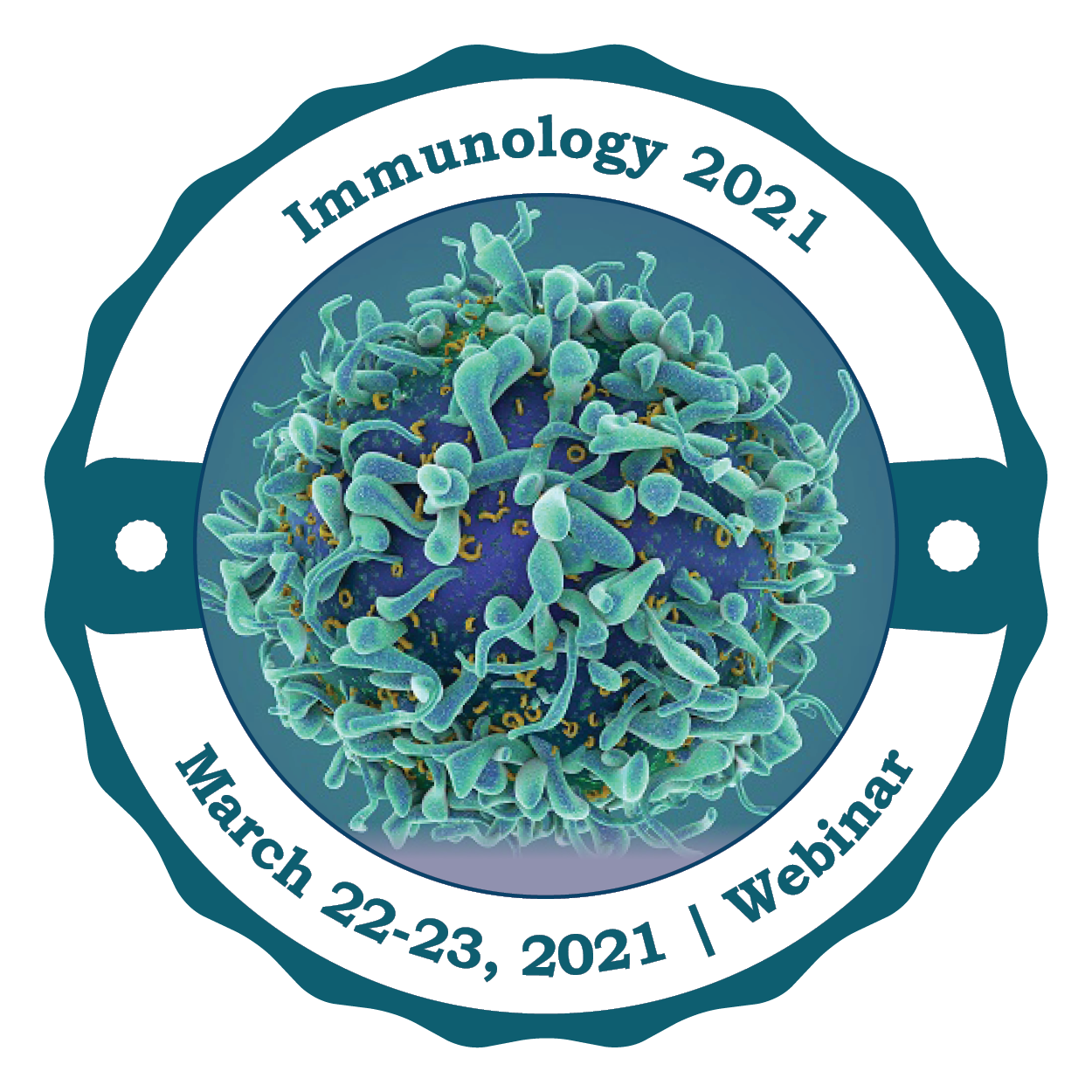
Dr. Parameswaran Ramakrishnan
Case Western Reserve University, USA
Title: Novel molecular mechanisms regulating autoimmune T cell functions
Biography
Biography: Dr. Parameswaran Ramakrishnan
Abstract
Type 1 diabetes is an autoimmune disease associated with hyperglycemia and chronic inflammation that leads to several secondary complications. We found that hyperglycemia induces O-GlcNAcylation the NF-kappaB protein c-Rel at a single serine residue, S350. c-Rel plays a critical role in controlling regulating T cell function and T regulatory cell development. O- GlcNAcylation of c-Rel at S350 enhances the transcription of c-Rel-induced CD28RE- dependent pro-autoimmune cytokines, interleukin-2 (IL-2), interferon gamma (IFNG) and granulocyte macrophage colony stimulating factor (GM-CSF). We also found that the regulatory effect of c-Rel O-GlcNAcylation is gene dependent and it suppresses the transcription of forkhead box P3 (FOXP3) expression in T cells. Together, these data suggest that c-Rel O- GlcNAcylation has a novel, dual regulatory role in controlling T cell function by enhancing pro- autoimmune T cell function and suppressing Treg function. This creates an immune environment that may exacerbate the progress of autoimmunity. Mechanistically, we found that O-GlcNAcylation enhances the DNA binding of c-Rel at CD28RE and decreases it’s binding at the FOXP3 promoter. This study reveals a novel molecular mechanism that regulates NF- kappaB c-Rel and autoimmune diabetes, with potential to develop novel therapeutics targeting c-Rel O-GlcNAcylation. Moreover, this study serves as the basis to explore the role of c-Rel O- GlcNAcylation in other autoimmune diseases such as celiac disease, lupus and arthritis, where c-Rel function have been implicated.

